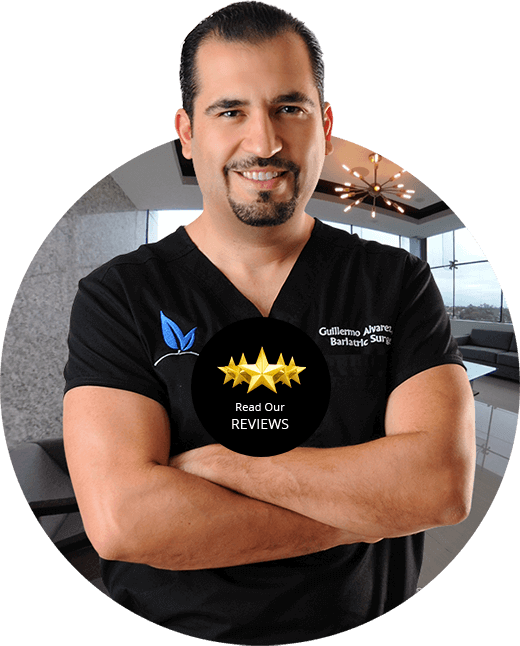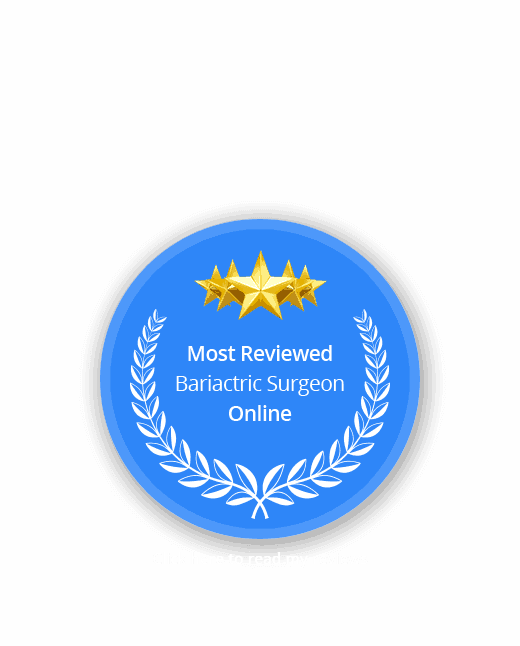Hello and welcome to our frequently asked questions. I’m doctor alvarez with endobariatric.com and on this episode we’ll talk about sleeving the sleeve. That’s right we’re talking about re-sleeving. This is a question I get more and more often especially from patients with large sleeves, large bougies used in their original sleeve surgery. By the way, if you don’t know what a bougie is, I’m placing a link here in a video so you can learn more about this. So patients with big sleeves, patients who have a big fundus of the stomach or some fundus left behind, maybe a candidate for a resleeve. Remember that this fundus is probably the most stretchy part of your stomach. Also patients with a big antrum of the stomach can hold a good amount of food. These are very specific situations that I need to mention and are not, I repeat, are not the number one cause of poor weight loss. Let me tell you what is the number 1 cause of poor weight loss is with the gastric sleeve. The most frequent thing we see with gastric sleeves or the main cause patients don’t loss the expected weight is because of the patient. Yep you got it. It’s the patients fault. That is why you see me here doing videos trying to educate patients because you need to know what to do, how to treat your sleeve well, how to get along with your sleeve. You need to get the most of that first 12 to 18 months following your sleeve surgery because after that amount of time, it normally plateaus so you need to work with it. Please remember that poor eating habits and a large amount of carb intake are frequent causes of poor weight loss. I don’t want to know what type of weight loss surgery you had, if you don’t work with it you will not get to goal. So first of all analyze yourself, analyze your calorie intake, analyze what type of nutrients you are getting. You can track or log your food intake to get a good idea. Nowadays there are good phone apps to help you with this like MyFitnessPal. So back to the topic, not everyone is a good candidate for resleeving a sleeve. There are specific situations that we mentioned that may make you a candidate and to know if you are a candidate you need to know what size bougie your surgeon used, an upper endoscopy to see the inner anatomy of your sleeve as well as a X- ray study like a barium swallow to see the outside anatomy of your sleeve. Only then will you be able to be evaluated to see if you are a candidate to be resleeved. So the take home message is… watch what you eat and please work with your sleeve. It’s an amazing tool!









